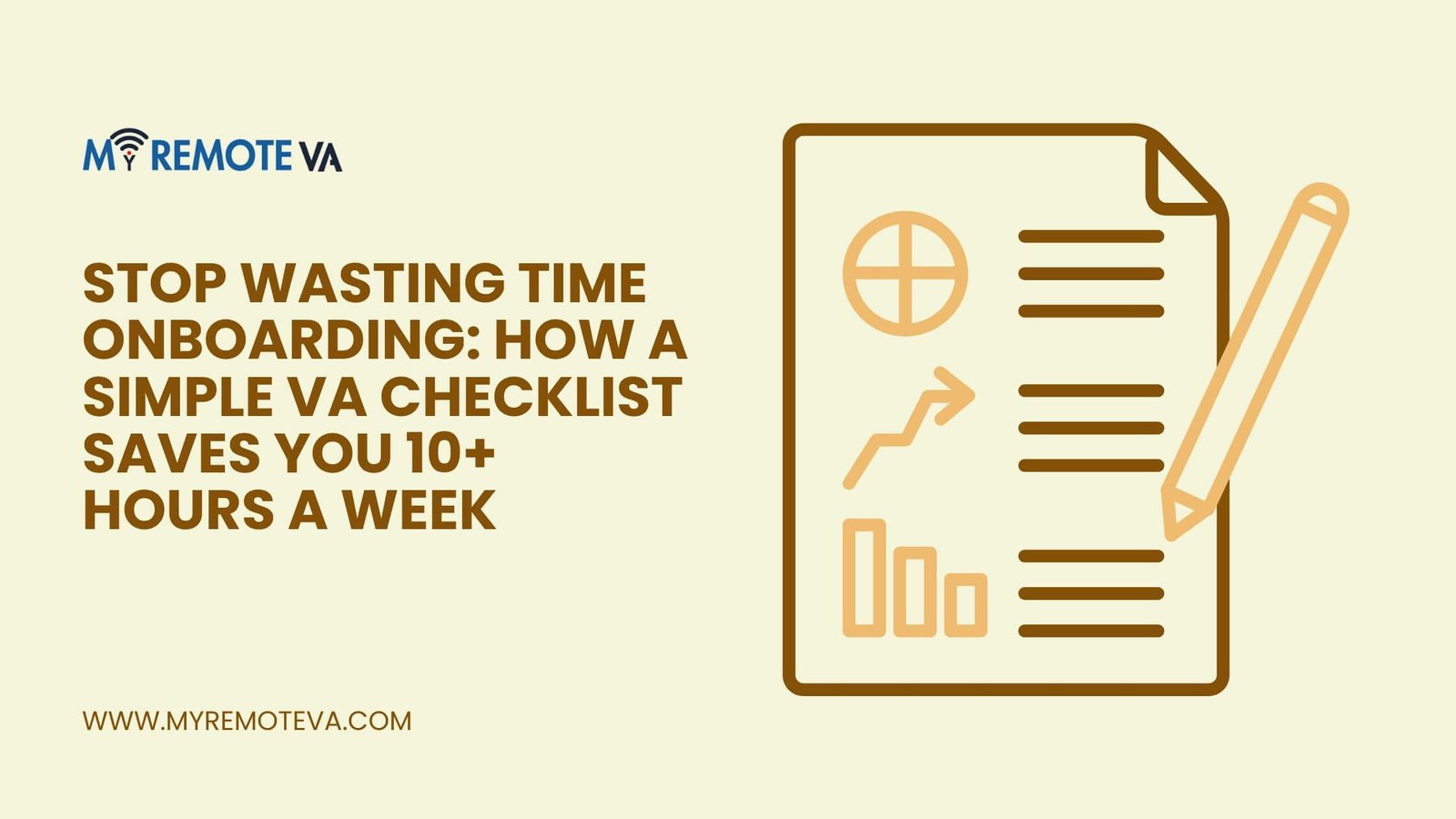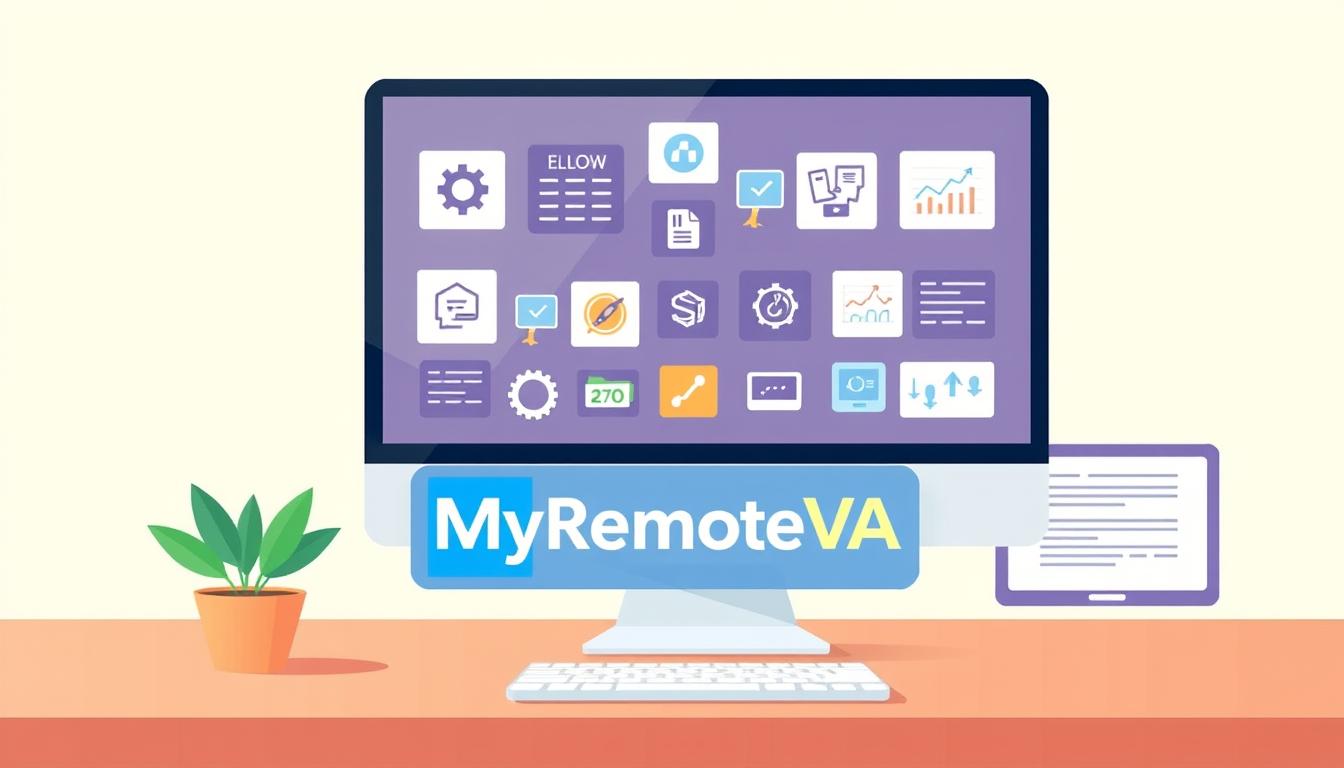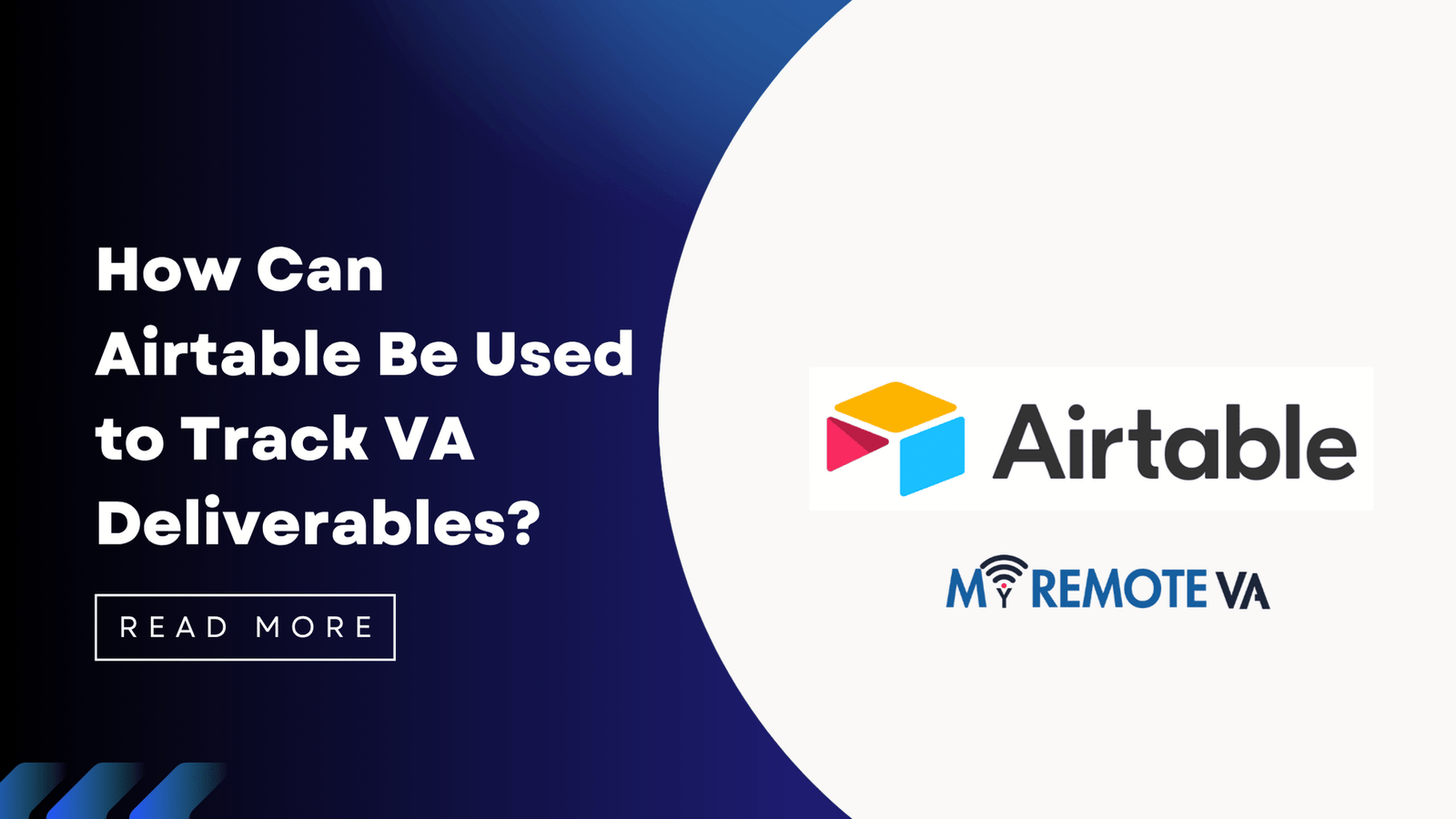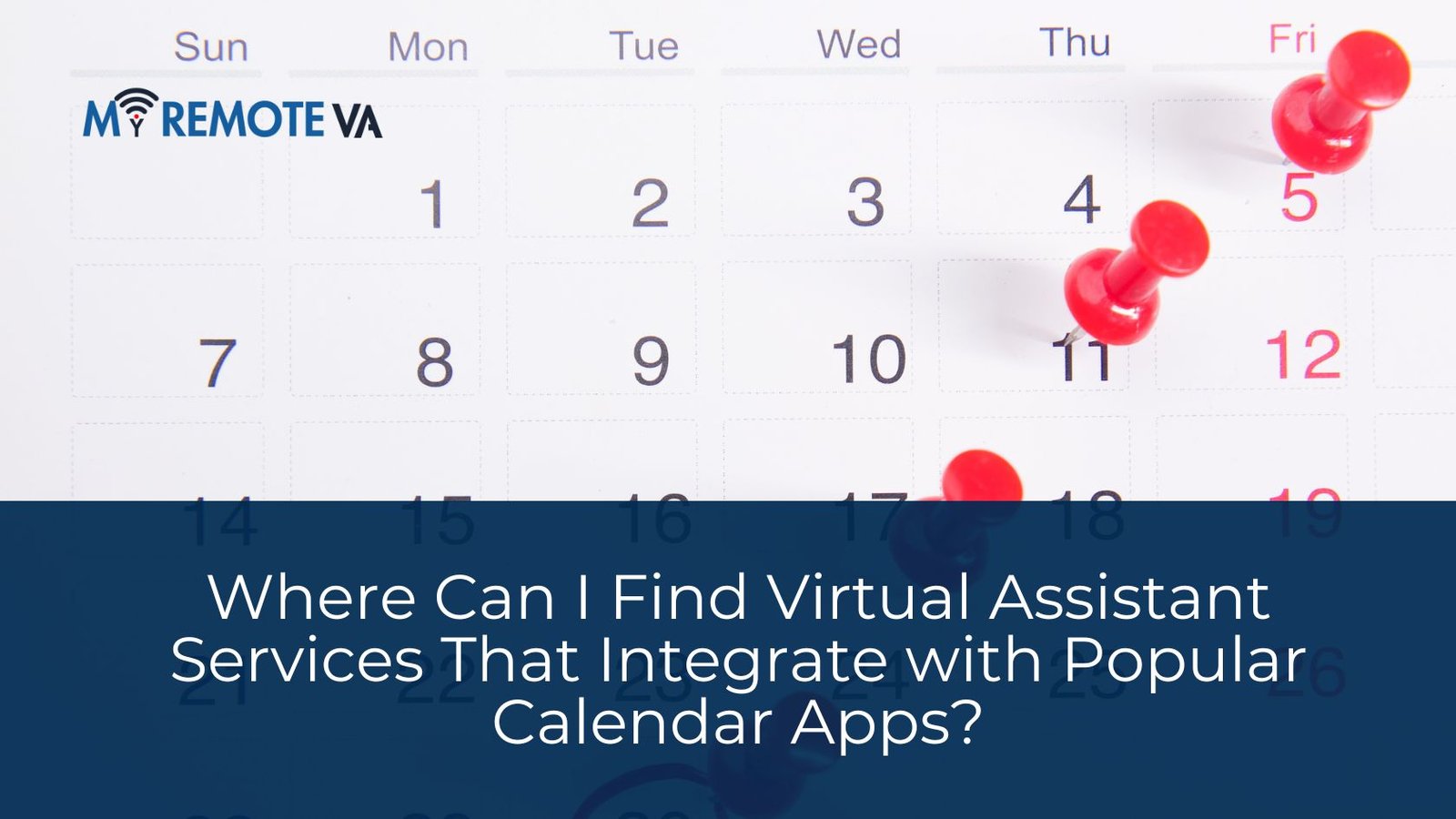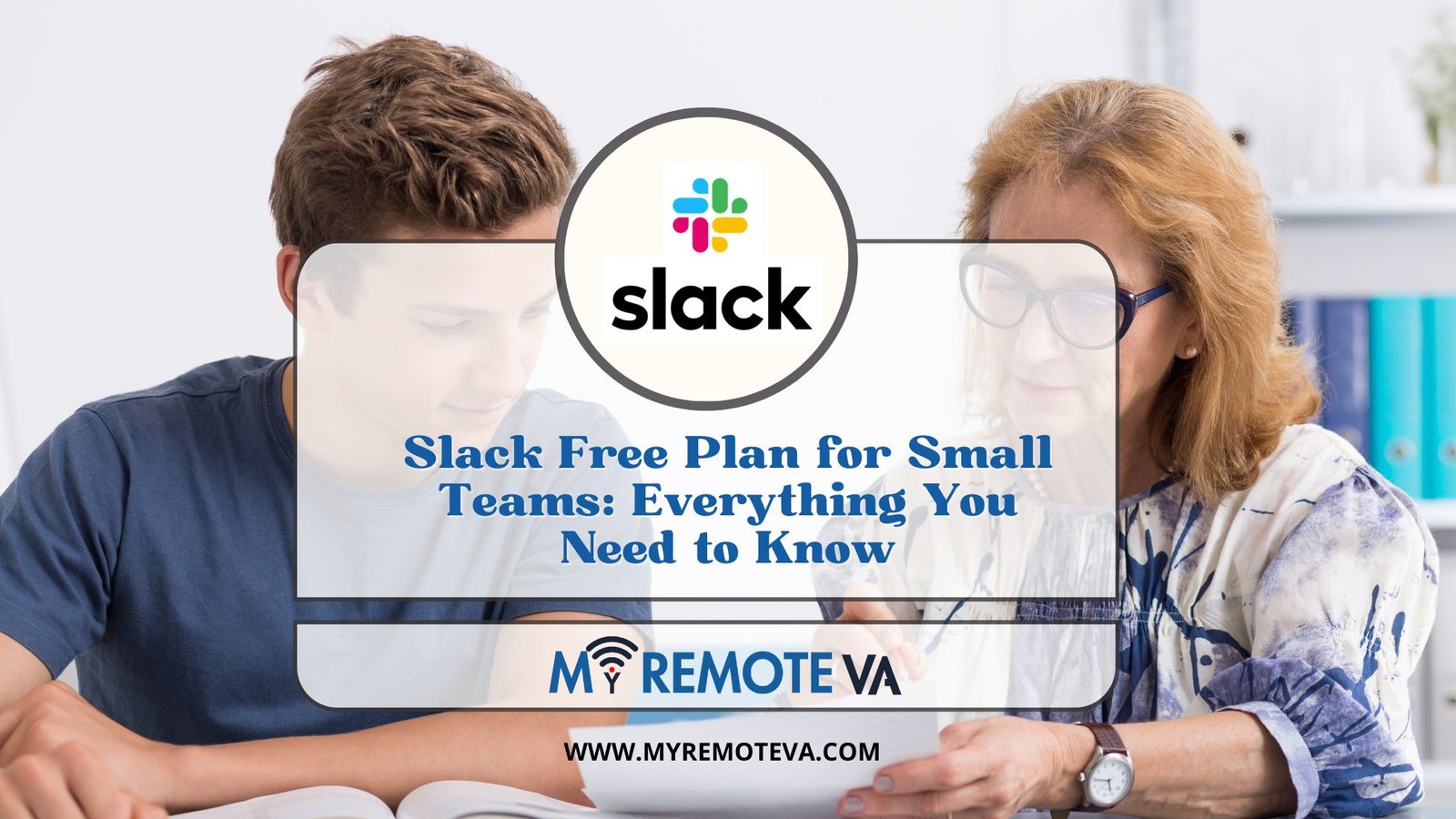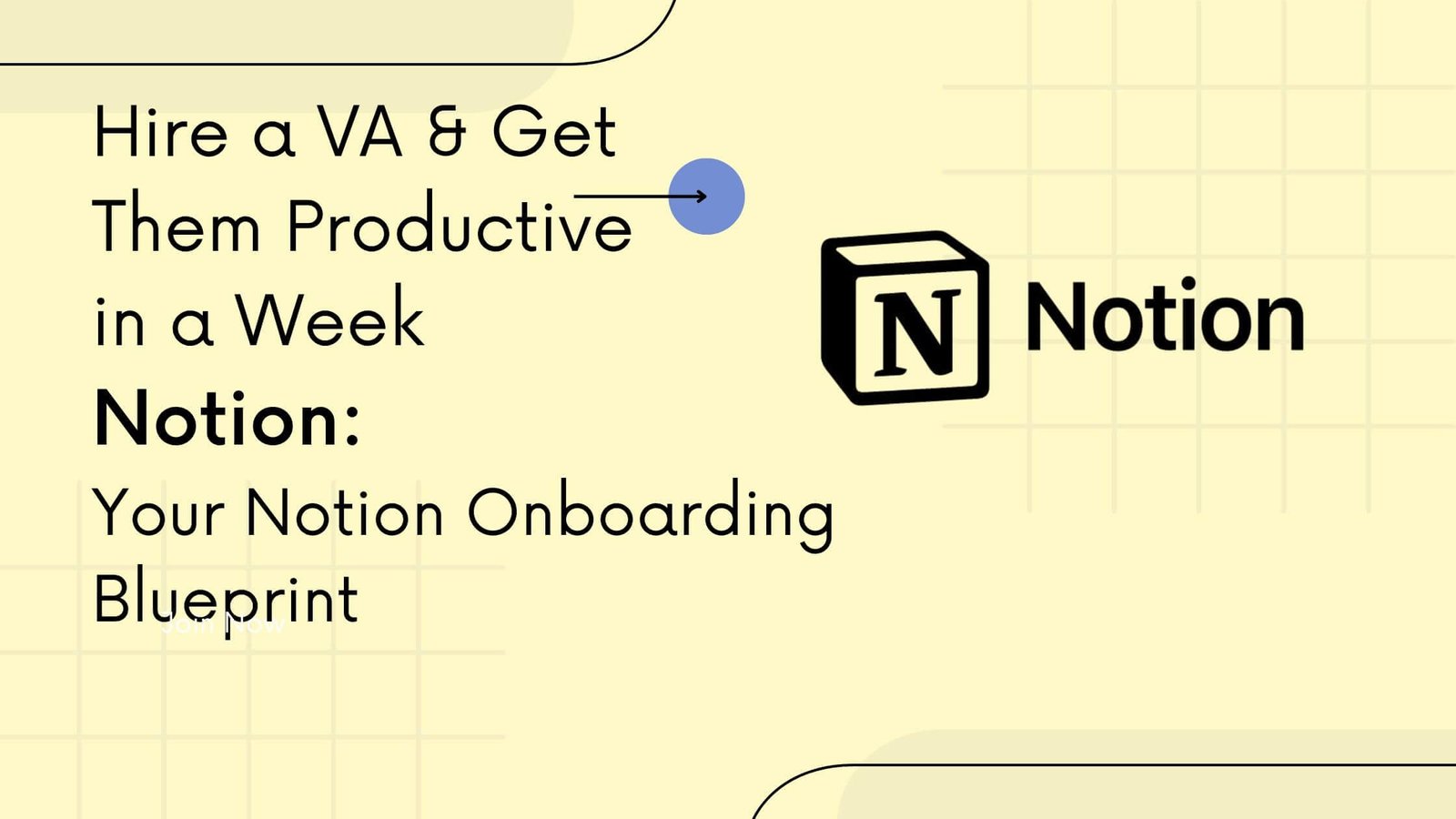So you’ve just hired a new virtual assistant. That’s awesome! It’s a huge milestone for any business owner, a clear sign you’re growing and ready to hand off some of that endless to-do list. You get that initial wave of relief, a little surge of excitement. But then, almost instantly, a new thought creeps in: “Now what?”
I get it. I’ve been there. The first time I brought a VA onto my team, I was so pumped, but I completely winged the process. I had this big, messy list of tasks and a bunch of half-baked ideas floating around in my head. I just sort of… dumped it all on her. The result? A whole lot of confusion and a slow, painful climb to productivity. It was the opposite of efficient. It taught me a valuable lesson: a well-planned virtual assistant onboarding checklist isn’t just a nice-to-have; it’s non-negotiable.
Think about it. You wouldn’t just throw a new team member into a busy office with no introduction, no training, and no desk, would you? The same rules apply in the virtual world. A solid onboarding process for your virtual assistant is the secret to a smooth start and a long, productive partnership. It’s how you empower them to succeed and show them you’re serious about building a real team, not just delegating tasks.
Ready to get this right? Let’s walk through the exact steps to create a seamless, human-centered onboarding experience for your new VA.

Before They Clock In: The Pre-Onboarding Game Plan
A great first impression happens before day one. The goal here is to make sure your VA feels prepared and excited, not lost and overwhelmed. A little prep work on your end makes all the difference in the world.
Build a Personalized Welcome Packet
Forget a boring PDF. This is their first taste of your company culture. It’s a single, organized hub of everything they need to know. Make it personal and inviting. What should you include?
- Your Story: Go beyond a mission statement. Tell them why you started your business. What’s the big dream? Sharing your “why” helps them connect with your vision.
- The People They’ll Meet: A quick intro to anyone they’ll be working with. Maybe a short bio or a fun fact. This makes them feel like part of the team right away.
- How You Roll: Spell out your communication style. Are you a Slack-for-everything kind of person or an email-only type? Let them know your preferred response times and how you like to handle things.
- Brand Voice: If they’ll be writing or communicating on your behalf, give them a few quick pointers on your brand’s tone and style. Think of it as a cheat sheet for sounding just like you.
Document Your Processes (a.k.a. SOPs)
This is the most impactful thing you can do for a new hire. Creating Standard Operating Procedures (SOPs) is about building a system that runs without you. An SOP for a virtual assistant is a step-by-step guide for any recurring task—think posting a blog, managing a social media account, or sending a newsletter. You don’t have to have perfect, professional documents. Just a simple checklist or a screen-recorded video can work wonders. This is what truly separates a proactive, effective virtual assistant onboarding process from a messy, disorganized one.
I’ll be honest, my first few SOPs were just bullet points in a Google Doc, but they were a lifesaver. When my VA needed to handle my podcast show notes, she could just follow the steps I laid out. It saved us both hours of back-and-forth questions and made sure nothing got missed.

Clear the Path: Get Their Tools and Access Ready
Can you imagine starting a new job and just… waiting? That’s what happens when you don’t prepare their access ahead of time. Before their start date, make a list of every single tool they’ll need—from your project management software to your Google Drive folders. Create their accounts, set up the right permissions, and have the logins ready to go. A password manager is a must-have here. Don’t make them sit around on their first day twiddling their thumbs while they wait for you to find a password. This simple act shows you’re organized and respect their time.
Their First Week: From Checklist to Collaboration
The first week is all about momentum. You’ve prepared everything; now it’s time to put it into action. This is where you set the tone for the entire relationship.
The Kick-Off Call: Not Just a Meeting, a Welcome
This should be a video call on their first day. It doesn’t need to be long or formal. Just a genuine welcome. Use this time to:
- Make It Real: Express your genuine excitement and thank them for joining your team. It’s a small detail that makes a huge difference.
- Walk Them Through It: Briefly go over the welcome packet. Don’t just send it and assume they’ll read it. This is your chance to add context and answer questions face-to-face.
- Meet the Crew: If you have other team members, a quick virtual introduction is key. Let them put a face to the names.
- Set the Vibe: Clearly state what you hope to accomplish together and what success looks like in their first week. A clear understanding of the role of a virtual assistant in your business is a game-changer.
The “Test” Task: A Low-Pressure Win
Give them a meaningful, but non-critical, first task. This lets them get comfortable with your systems and processes without the pressure of a major project. It’s a chance for them to get a quick win and build confidence. Plus, it’s a great way for you to see how they approach a problem. For example, have them organize some files in your Google Drive or transcribe a short meeting recording. It’s a great way to see their organizational skills and attention to detail in a real-world scenario.

Beyond the First Week: The Journey to True Partnership
Onboarding isn’t a finish line; it’s a runway. The first month is about building a strong, trusting relationship and truly integrating them into your business. You’ve given them the tools; now, you give them the support.
Check-in, Check-in, Check-in
Schedule a quick, consistent weekly call. It doesn’t have to be a major production. This is your dedicated time to chat, answer questions, and just touch base. Use it to:
- Share Wins: Point out something specific they did well this week. Positive feedback is a powerful motivator.
- Ask for Their Input: This is a big one. Ask them how things are going on their end. What’s confusing? What could be improved? This shows you value their perspective.
- Address Challenges: Don’t let small issues turn into big problems. If something isn’t working, talk about it openly and find a solution together.
Set Clear Goals, Not Just Tasks
Give your VA a clear understanding of what “success” looks like. What are the key performance indicators (KPIs) for their role? Maybe it’s hitting a certain number of tasks completed or maintaining a specific response time for client emails. Having a few measurable goals gives them a north star and helps them stay focused. It’s so much more empowering than just a giant list of chores.
Invest in Their Growth
Want a VA who sticks around and adds more and more value? Invest in them. Acknowledge their desire to learn new things. Suggest a course they might like or share a useful article on a new tool. When they see that you care about their professional development, they’ll be more invested in your business. It’s a simple act of showing you see them as a partner, not just a service provider.
In the end, this whole process is about one thing: making a connection. You’re building a relationship, not just an expense. A little effort at the beginning saves you a mountain of headaches down the road and helps you find that truly invaluable partner who can help your business soar. A streamlined and structured onboarding checklist for a new VA isn’t just a business process; it’s the foundation of a great professional relationship. My first experience was a learning moment, and with these steps, you can start off on the right foot, avoiding the same mistakes I made.
FAQs: Your VA Onboarding Questions Answered
What is the most important part of the onboarding process?
Hands down, the most critical part is the prep work you do beforehand. Getting your welcome packet, SOPs, and tool access organized before they start is the foundation for everything else. It sends a message of professionalism and ensures a smooth, productive first day instead of a chaotic one.
How long should it take to fully onboard a new virtual assistant?
Getting your VA up and running and comfortable with your basic systems should take about two to four weeks. But honestly, the “onboarding” feeling never really ends. A good partnership is built on ongoing communication, feedback, and support. Think of it less as a sprint and more as a continuous journey of collaboration.
What’s the best way to handle communication during the first few weeks?
Over-communicate, but be clear about it. Tell them exactly where you prefer to talk (Slack, email, etc.) and what kind of messages go where. Make yourself available to answer their questions quickly. They will feel more comfortable asking for help, which prevents small problems from becoming bigger issues later on.
Should I use a project management tool from the very beginning?
Yes, absolutely. A project management tool like Trello or Asana is your virtual hub. It organizes tasks, sets deadlines, and keeps everything transparent. Starting with one on day one teaches them your workflow and makes sure both of you are always on the same page.

